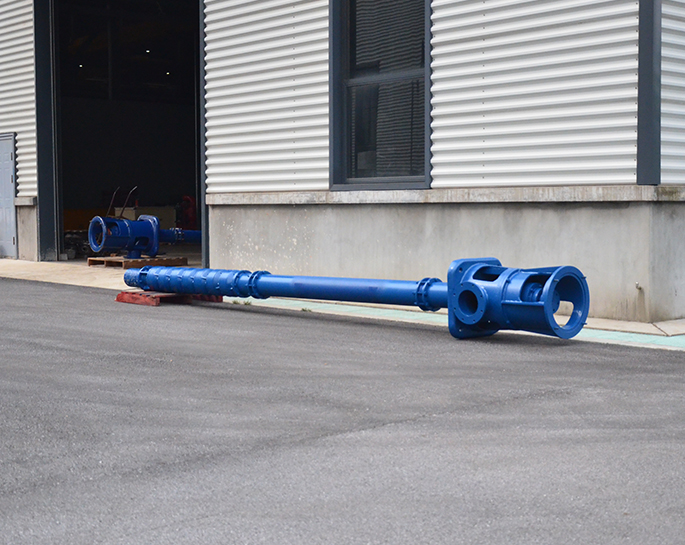What are some common challenges faced during the installation or commissioning of diesel fire pumps?
Mar 13, 2024
Share:
The installation or commissioning of diesel fire pumps can present several challenges, including:
1. **Site preparation**: Ensuring that the site is properly prepared to accommodate the fire pump system, including adequate space, proper ventilation, and access for maintenance.
2. **Regulatory compliance**: Ensuring that the installation adheres to local building codes, fire safety regulations, and industry standards, which may vary depending on the location.
3. **Integration with existing systems**: Coordinating the installation of the diesel fire pump with existing fire protection systems, such as sprinkler systems, alarms, and emergency power supplies.
4. **Fuel storage and supply**: Ensuring an adequate and reliable supply of diesel fuel for the pump, including proper storage facilities, fuel piping, and fuel level monitoring systems.
5. **Electrical connections**: Properly connecting the diesel engine to electrical power sources, including backup power systems, and ensuring compatibility with control panels and monitoring devices.
6. **Testing and certification**: Conducting thorough testing and certification of the diesel fire pump system to ensure its reliability and performance in case of a fire emergency.
7. **Training and documentation**: Providing training for personnel responsible for operating and maintaining the diesel fire pump system, as well as ensuring proper documentation of installation, testing, and maintenance procedures.
8. **Environmental considerations**: Addressing environmental concerns related to diesel fuel storage and emissions, including compliance with regulations for spill containment, ventilation, and exhaust treatment.
9. **Access and maintenance**: Ensuring adequate access for routine maintenance tasks, such as fueling, lubrication, inspection, and testing, to maintain the reliability and performance of the diesel fire pump system.
10. **Emergency response planning**: Developing contingency plans and procedures for responding to emergencies, including fire outbreaks, equipment failures, and other unforeseen events that may affect the operation of the diesel fire pump system.

1. **Site preparation**: Ensuring that the site is properly prepared to accommodate the fire pump system, including adequate space, proper ventilation, and access for maintenance.
2. **Regulatory compliance**: Ensuring that the installation adheres to local building codes, fire safety regulations, and industry standards, which may vary depending on the location.
3. **Integration with existing systems**: Coordinating the installation of the diesel fire pump with existing fire protection systems, such as sprinkler systems, alarms, and emergency power supplies.
4. **Fuel storage and supply**: Ensuring an adequate and reliable supply of diesel fuel for the pump, including proper storage facilities, fuel piping, and fuel level monitoring systems.
5. **Electrical connections**: Properly connecting the diesel engine to electrical power sources, including backup power systems, and ensuring compatibility with control panels and monitoring devices.
6. **Testing and certification**: Conducting thorough testing and certification of the diesel fire pump system to ensure its reliability and performance in case of a fire emergency.
7. **Training and documentation**: Providing training for personnel responsible for operating and maintaining the diesel fire pump system, as well as ensuring proper documentation of installation, testing, and maintenance procedures.
8. **Environmental considerations**: Addressing environmental concerns related to diesel fuel storage and emissions, including compliance with regulations for spill containment, ventilation, and exhaust treatment.
9. **Access and maintenance**: Ensuring adequate access for routine maintenance tasks, such as fueling, lubrication, inspection, and testing, to maintain the reliability and performance of the diesel fire pump system.
10. **Emergency response planning**: Developing contingency plans and procedures for responding to emergencies, including fire outbreaks, equipment failures, and other unforeseen events that may affect the operation of the diesel fire pump system.







